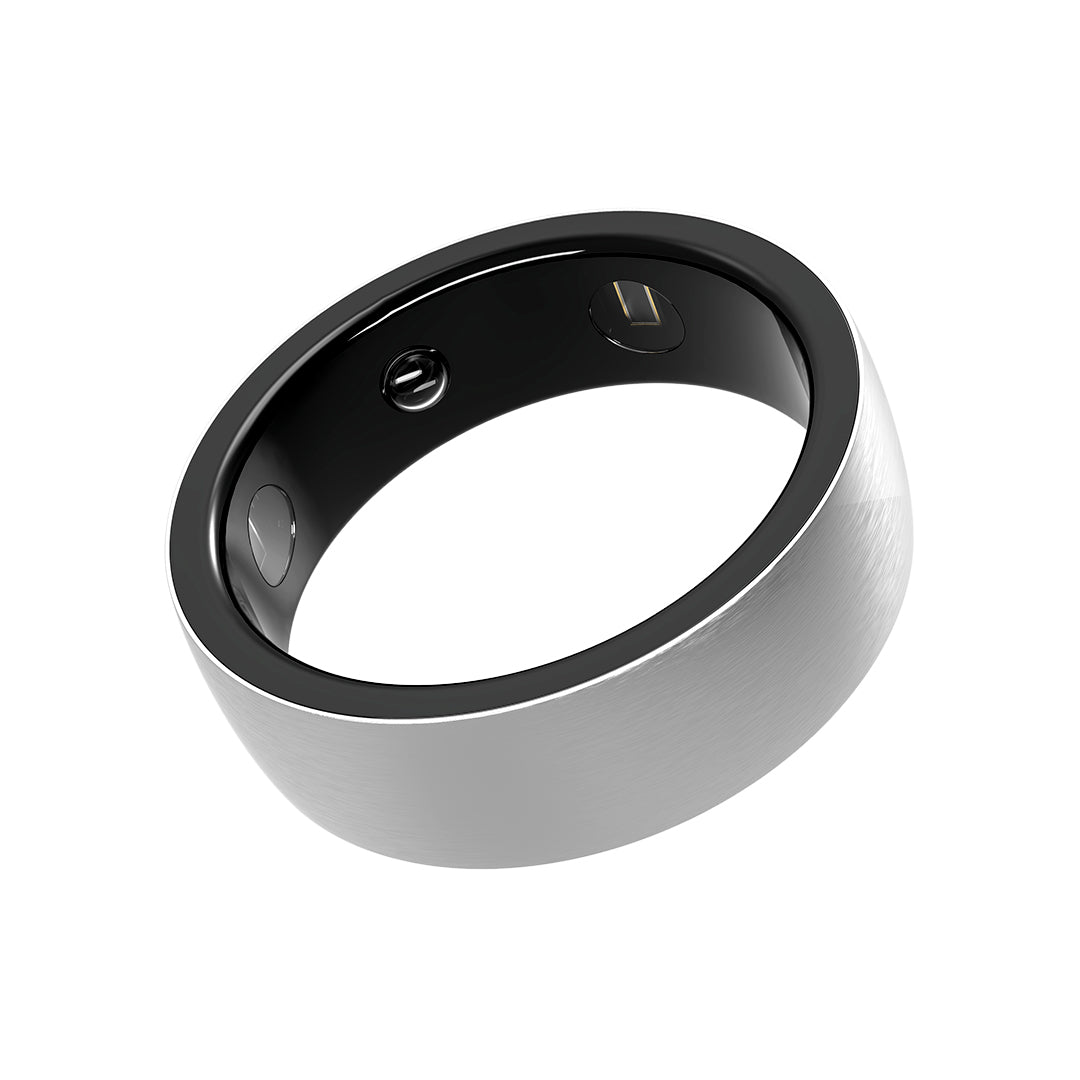Is HRV and BP measurement necessary? What's the relationship between them?
I. Impact of HRV on BP
1.Autonomic Nervous System (ANS) Regulation:
HRV reflects the ANS's ability to regulate heart rhythm. The ANS comprises sympathetic and parasympathetic divisions, which have opposing effects on BP and heart rate.
When parasympathetic activity increases, heart rate slows down, HRV rises, and vasodilation occurs, leading to a decrease in BP. Conversely, when sympathetic activity increases, heart rate accelerates, HRV decreases, vessels constrict, and BP rises.
In healthy individuals, the ANS maintains balance across various physiological states, keeping HRV and BP relatively stable. However, under pathological conditions such as cardiovascular diseases or psychological stress, autonomic dysfunction may occur, causing a decline in HRV and potentially abnormal BP fluctuations.

2.Baroreflex Regulation
Baroreflex is an essential physiological mechanism that maintains BP stability by regulating heart rate and vascular tone. When blood pressure rises, baroreceptors sense increased arterial wall tension and transmit signals via afferent nerves to the central nervous system, causing parasympathetic excitation, slowing heart rate, dilating vessels, and reducing blood pressure. When blood pressure falls, baroreceptor activity weakens, sympathetic excitation occurs, heart rate increases, vessels contract, and blood pressure rises.
High frequency components (HF) in HRV primarily reflect parasympathetic activity and are closely associated with baroreflex sensitivity. Chronic psychological or physiological stress can cause an imbalance in the ANS, affecting HRV. This imbalance may manifest as increased sympathetic activity, leading to faster heart rates, vasoconstriction, and elevated BP.
Studies show that a decrease in HF in HRV is linked to reduced baroreflex sensitivity, potentially impairing BP regulation function and increasing the risk of hypertension(HTN).

3.Predicting Cardiovascular Events
Studies have shown that a reduction in HRV is associated with an increased risk of cardiovascular events, including HTN, heart disease, stroke, etc. Therefore, HRV can be a useful indicator for predicting these events.
II. Impact of BP on HRV
1.Effect of BP Fluctuations on HRV
Fluctuations in BP directly affect cardiac load and perfusion, thereby impacting the ANS regulation of the heart. For example, in patients with HTN, long-term high BP can lead to structural and functional changes in the heart and vessels, damaging the ANS's regulatory function and causing a decline in HRV.
Abrupt changes in BP, such as postural changes, exercise, or emotional arousal, also cause corresponding changes in HRV. Generally speaking, when BP rises, HRV decreases; when BP falls, HRV increases. However, these changes may vary among individuals and physiological states.

2.Impact of Antihypertensive Treatment on HRV
Antihypertensive treatment can improve heart and vessel functions by lowering BP and may also affect HRV. Some medications used to treat high BP such as beta-blockers, may affect the function of the ANS, further impacting HRV. These drugs are typically used to lower heart rate and BP but may also lead to a decrease in HRV.
Research indicates that improvements in HRV following antihypertensive treatment are closely related to cardiovascular disease prognosis. Patients with higher HRV after treatment have significantly lower incidence rates and mortality from cardiovascular events compared to those with lower HRV.

3.Lifestyle Factors
Both high BP and HRV are influenced by lifestyle factors such as diet, exercise, sleep, and emotions. Changes in these factors can simultaneously affect both BP and HRV, creating complex interactions.
In summary, there exists a complex interrelationship between HRV and BP. HRV can reflect the BP's regulatory function of the heart and vessels, while changes in BP can impact HRV. To fully understand the relationship between HRV and BP, multiple factors must be considered together. This includes individual health status, lifestyle choices, genetic factors, and potential diseases or drug influences.
Therefore, monitoring HRV can provide insights into the state of the ANS, assess cardiovascular disease risks, and guide antihypertensive treatment. Additionally, controlling BP can improve ANS function and enhance HRV, thereby reducing the occurrence risk of cardiovascular diseases.






Leave a comment
All comments are moderated before being published.
This site is protected by hCaptcha and the hCaptcha Privacy Policy and Terms of Service apply.